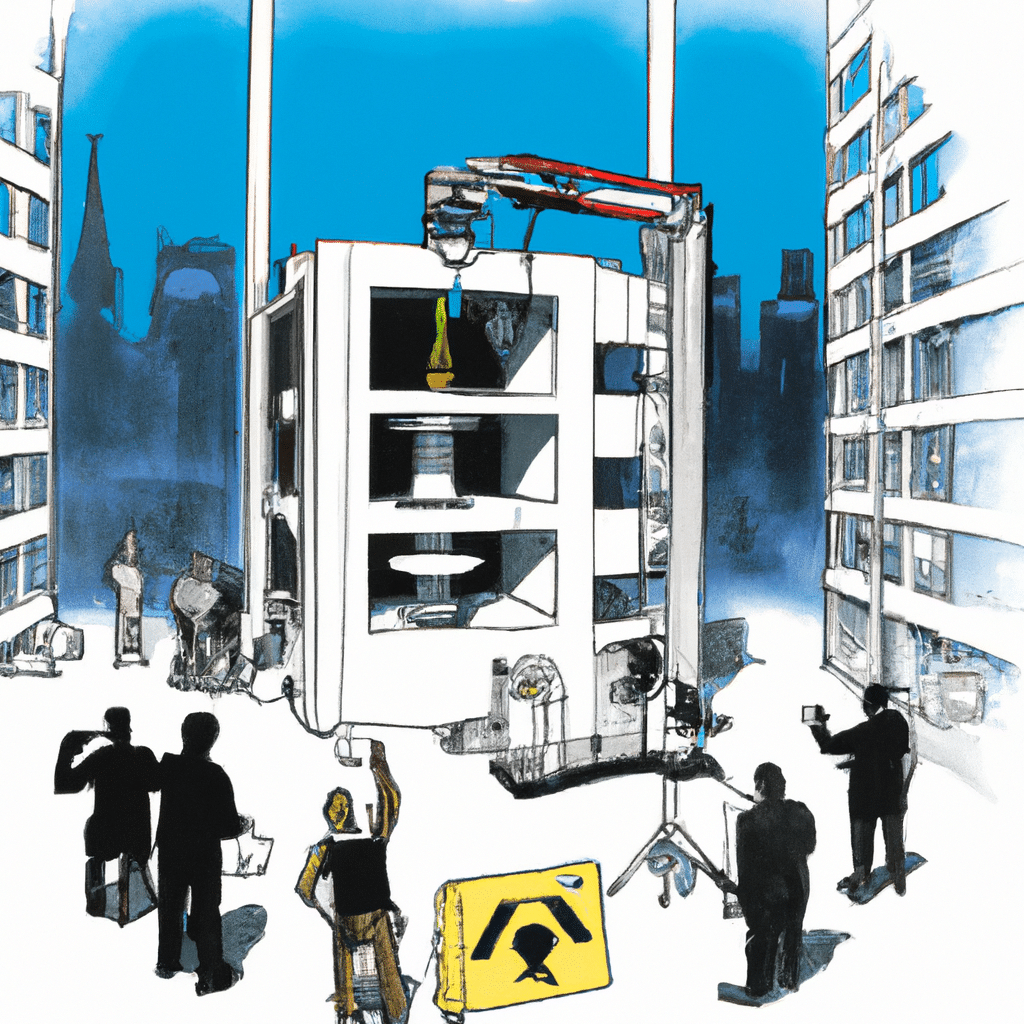
We are witnessing a major change in the construction industry. 3D printing technology is revolutionizing the way buildings are being constructed. The use of 3D printing in construction is not only faster but also more cost-effective. It is a game-changing technology that could potentially transform the entire industry. In this article, we will examine how 3D printing is disrupting the high-tech construction industry and how it is changing the way we build better buildings.
1. Introduction to 3D Printing in Construction
3D printing technology has been around for a while, and it has been used in various industries, from manufacturing to healthcare. However, the construction industry is now catching up. 3D printing in construction involves the use of large-scale printers that can build entire structures. This technology is not only faster but also more sustainable and cost-effective. The use of 3D printing in construction is expected to grow rapidly in the coming years.
2. Advantages of 3D Printing in Construction
One of the biggest advantages of 3D printing in construction is speed. Traditional construction methods can take months or even years to complete a project. With 3D printing, a building can be constructed in a matter of days or weeks. This not only saves time but also reduces labor costs. 3D printing is also more sustainable than traditional construction methods. It produces less waste and uses fewer materials. This is not only good for the environment but also reduces costs.
3. 3D Printing in Action
There are numerous examples of 3D printing in action in the construction industry. In Dubai, a 3D-printed office building was constructed in just 17 days. In China, a company used 3D printing to create a 400-square-meter villa. The use of 3D printing has also been used for creating bridges, houses, and even a 3D-printed castle.
4. Future of 3D Printing in Construction
The future of 3D printing in construction is bright. The technology is still in its early stages, and there is a lot of room for growth. As 3D printers become more advanced and affordable, we can expect to see more construction projects using this technology. The use of 3D printing in construction will not only change the way buildings are constructed but also how we design them. Architects will be able to create more complex and intricate designs that were not possible before.
5. Challenges of 3D Printing in Construction
While 3D printing in construction has many advantages, there are also some challenges. One of the biggest challenges is the lack of skilled labor. The construction industry is already facing a shortage of skilled workers, and the use of 3D printing will require a different set of skills. Another challenge is the cost of the technology. While 3D printing is more cost-effective than traditional construction methods, the initial investment can be high.
6. Conclusion
In conclusion, 3D printing is disrupting the high-tech construction industry in a big way. It is faster, more sustainable, and more cost-effective than traditional construction methods. While there are still some challenges to overcome, the future of 3D printing in construction is bright. As the technology becomes more advanced and affordable, we can expect to see more construction projects using this technology. The use of 3D printing in construction will not only change the way buildings are constructed but also how we design them. It is an exciting time for the construction industry, and 3D printing is leading the way.